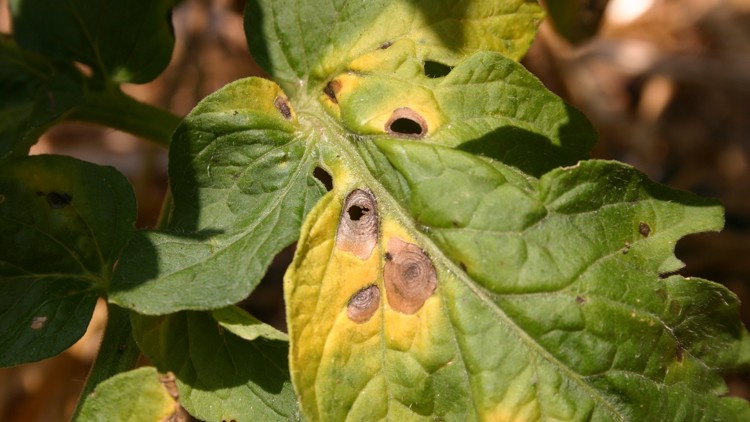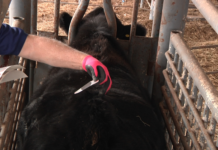By Nita Karume:
The onset of heavy rains over the past few months has dealt a bad hand to Kenyan tomato farmers. So much so that the effects are being felt by the consumers. As a result, a growing number of Kenyan families have since cut the use of tomatoes owing to the disruption of supply, which has in turn tripled the retail prices.
Consequently, the commodity has become scarce in most fresh produce markets and prices increased sharply in the last two week. According to a survey carried out in the capital, vegetable dealers in the suburbs are selling a big single tomato for up to US $0.15, an all-time high, from a low of US $0.05 earlier on in the year.
Furthermore, a large box of tomatoes bought at wholesale by traders before retail distribution currently goes for US $75. This is an increment from US $70 of the same around mid-April and US $35 in January. This, in turn has resulted in traders fighting to get the produce in the wee hours of the morning, even though at high prices.
How to Use Crop Rotation to Get a Bountiful Harvest
Unfortunately, the tomato quality is in question, especially those grown in open fields. This has been attributed to diseases such as bacterial wilt and tomato blight. The rains have also left farmers at a disadvantage since it washes off pesticides from the sprayed crops, leaving the crops at a risk of diseases.
Tomato blight is a disease that attacks a plant’s foliage, stems, and even fruit. The fungus causes underproduction in the affected crops Leaves may drop, leaving fruit open to direct sunlight. It is known to occur any time throughout the growing season.
Causes
Some of the cause of blight in tomatoes include high temperatures and wet, humid conditions promote its rapid spread. In many cases, poorly nourished or stressed plants are attacked.
Treatment and control
The best control measure for tomato blight is prevention. However, if the crops are already infected, remove and destroy infected leaves. This is because once blight is present and progresses, it becomes more resistant to biofungicide and fungicide. As such, it should be treated it as soon as possible and on a schedule.
To reduce the risks of fungal infection, prune or stake plants. This will help in improving air circulation. Make sure to disinfect your pruning shears after each cut. It is also important to note that the soil under plants should be kept clean and free of garden debris. Moreover, be sure to add a layer of organic compost to prevent the spores from splashing back up onto vegetation. Irrigation methods such as drip as well as d soaker hoses can be used to help keep the foliage dry.
On the other hand, for best control, apply copper-based fungicides early. That is, at least two weeks before disease normally appears or when weather forecasts predict a long period of wet weather. Alternatively, begin treatment when disease first appears, and repeat every 7-10 days for as long as needed. Lastly, remove and destroy all garden debris after harvest and practice crop rotation the following year. Infected plant parts should either be burned or bagged.
Prevention measures
Ensure you rotate crops, since early blight remains active for a year. This means that spores can be dormant in the soil for several years. Alternatively, plant disease-resistant hybrids to strengthen your plant’s chances of being blight-free. Also important to note is to plant tomatoes in a raised bed. This will improve drainage and prevent diseases from spreading. When planting, space the tomato plants 24 inches apart.This will help let air move among leaves and keep them dry. Covering of the crop should be done with black plastic or landscape fabric. This will help prevent fungus from spreading to the leaves. You should also use sticks for better circulation. As a final prevention measure make sure to remove and destroy affected plants at the end of the season.









